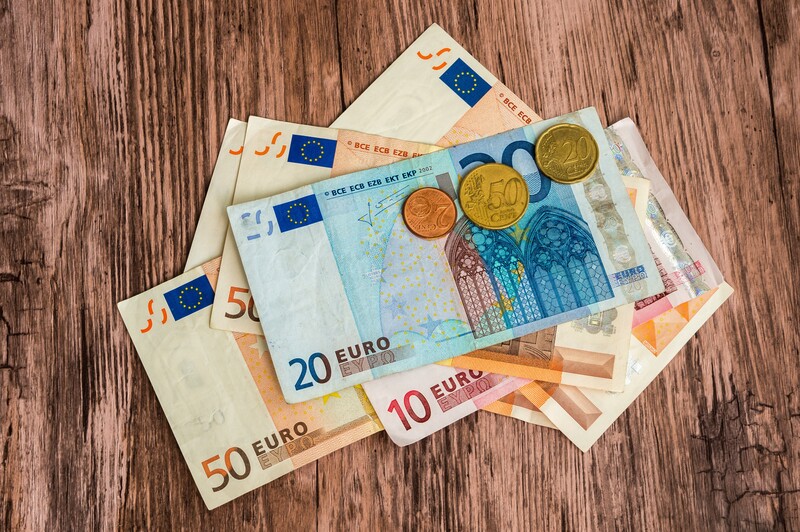Protecting Artwork During Packing
Posted on 29/03/2025
Ensuring the safety and preservation of artwork during packing and transportation is essential for artists, collectors, and gallery curators alike. Art pieces, whether they are paintings, sculptures, or mixed media, require careful handling and packaging techniques to prevent damage. This comprehensive guide explores the best practices and materials for protecting artwork during packing to ensure that it arrives at its destination in pristine condition.
Assessing the Artwork
Before packing any artwork, it is crucial to assess the type, size, and material of the piece. This initial assessment helps in choosing the appropriate packing methods and materials.
- Type of Artwork: Determine whether the artwork is a painting, sculpture, photograph, or mixed media. Different types of artwork require specific packing techniques.
- Size and Weight: Measure the dimensions and weight of the piece. Larger and heavier artworks might need custom-built crates or additional support.
- Material: Identify the material of the artwork, such as canvas, paper, metal, wood, or glass. Understanding the material helps in choosing compatible packing materials and avoiding potential damage.

Gathering Packing Materials
Having the right packing materials is crucial for adequately protecting artwork. Below are the essential materials needed for packing different types of art:
- Glassine Paper: This is a smooth, glossy, and acid-free barrier paper used to protect the surface of paintings and prints.
- Bubble Wrap: Provides cushioning to absorb shock and prevent impact damage.
- Foam Board or Corner Protectors: Used for adding structural support to paintings and framed artworks.
- Packing Tape: High-quality adhesive tape for securing packaging materials.
- Custom Crates: For large or valuable pieces, custom-built wooden crates offer maximum protection.
- Cardboard Boxes: Double-walled boxes for robust protection against external pressure.
Packing Techniques for Paintings
Paintings on canvas or framed artworks require careful handling and specific packing techniques to ensure their safety.
Wrapping the Painting
Start by placing a sheet of glassine paper over the front of the painting to protect its surface. Ensure that the paper covers the entire front area and tape it securely at the back.
Cushioning and Support
Next, wrap the painting in bubble wrap, with the bubbles facing outward to prevent indents on the artwork. If the painting has a frame, use corner protectors made of foam or cardboard to safeguard the corners from damage.
Boxing the Painting
Select a box that is slightly larger than the painting. Line the bottom of the box with bubble wrap or foam padding. Place the wrapped painting inside, ensuring it fits snugly. Add additional padding around the edges to prevent movement during transit, then seal the box with packing tape.
Packing Techniques for Sculptures
Sculptures, especially those made of fragile materials like glass or ceramics, require special attention during packing.
Initial Wrapping
Wrap the sculpture in a layer of soft packing paper to protect its surface. Avoid using newspaper, as the ink can transfer onto the sculpture.
Cushioning
After wrapping, cushion the sculpture with bubble wrap. Pay extra attention to delicate or protruding parts by adding additional layers of cushioning. Use foam padding for extra support if needed.
Custom Crating
For valuable or delicate sculptures, consider using custom wooden crates. These crates can be tailored to fit the sculpture perfectly, providing robust protection. Secure the packed sculpture within the crate using foam padding or specialized supports to prevent shifting during transit.
Packing Techniques for Photographs and Prints
Photographs and prints require protection from physical damage and environmental factors like humidity and light exposure.
Protecting the Surface
Start by placing the photograph or print in a protective plastic sleeve. This prevents any potential surface damage and adds a layer of protection against moisture.
Using Acid-Free Materials
Next, place the sleeved photograph between two pieces of acid-free cardboard. This adds rigidity and prevents bending. Secure the cardboard with tape along the edges.
Boxing
Choose a sturdy, flat box that fits the dimensions of the cardboard-protected photograph. Line the box with bubble wrap or foam padding, place the protected photograph inside, and add extra padding on top. Seal the box with packing tape.
Labeling and Documentation
Proper labeling and documentation play a crucial role in protecting artwork during packing and transit.
- Labeling: Clearly label the box with "Fragile" and "Handle with Care" stickers. Indicate the right side up to avoid mishandling.
- Identification: Include an inventory list with details such as the title, artist, dimensions, and any special handling instructions. Attach a copy of this list to the box.
- Insurance Documents: Ensure that the artwork is insured for its full value during transit. Keep a copy of the insurance documents with the packing materials.

Best Practices for Shipping Artwork
Once the artwork is securely packed, it is essential to choose the right shipping method and service to ensure its safe arrival.
Choosing a Shipping Service
Opt for carriers that specialize in art shipping or have a reputation for handling fragile items with care. Services like FedEx Custom Critical, UPS Art Logistics, and DHL Express offer specialized handling for artwork.
Tracking and Monitoring
Always use a shipping service that provides tracking and monitoring. This allows you to stay informed about the location and condition of your artwork throughout the transit process.
Delivery and Unpacking
Upon delivery, inspect the packaging for any signs of damage before opening. If the packaging appears compromised, photograph it as evidence and contact the shipping company immediately. When unpacking, do so in a clean area to avoid potential damage to the artwork.
Conclusion
Protecting artwork during packing is an intricate process that requires attention to detail, the right materials, and proper techniques. Whether dealing with paintings, sculptures, photographs, or prints, following these guidelines will help ensure that valuable pieces of art remain safe and intact during their journey. By taking the necessary precautions, artists, collectors, and gallery curators can preserve the integrity and beauty of their artwork for years to come.

